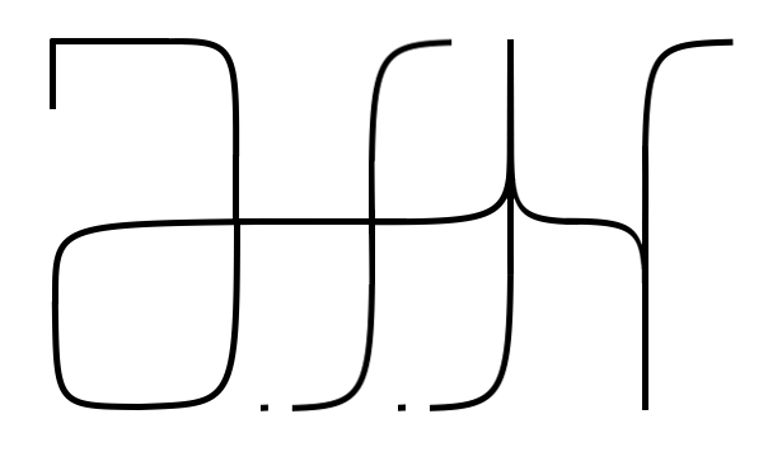Music for Five Producers
Full project explanation available here.
Description
Throughout his 50+ year career, Steve Reich has developed a rich body of work exploring minimalism, process music, and speech manipulation. Steve Reich’s compositions can be described as distinctly human, setting them apart from other similar composers at the time. Listening to a Reich piece feels like watching a natural process unfold, as evidently to the listener as it is to the composer and performer. This philosophy of gradual, perceptible processes in composition gives Reich a unique ability to capture human life and lived experiences in his work. We aim to explore how Steve Reich’s philosophy influenced his retelling of human stories, and how the same philosophy can be applied to tell Reich’s own life story through his compositional style. In “Music for Five Producers,” our team of five each took inspiration from a specific period in Steve Reich’s life, using his compositional techniques from each period to capture his experiences. We produced in the round so that each producer’s composition builds on what came before it, just as the later work of a composer builds on their previous lived experiences.
IV. 1990s
The critical acclaim that Steve Reich’s Different Trains achieved set a precedent for Reich’s stylistic methods and endeavors throughout the 1990s. Doubling down on interview-based speech as a seed for melody and rhythm, his compositions The Cave (1993) and City Life (1995) utilized video interviews in operas depicting people’s experiences with religion and the modern quotidian. Waffender’s 1995 documentary Steve Reich: City Life depicts the composition and production processes behind City Life, wherein interviews of and demonstrations by Reich illuminate his motivations and fascination with sound. Highlighting his humanistic principles, we curated segments from this documentary for use in this section of our piece, selecting clips that capture his playful nature, ‘eureka’ moments, and movement titles or central figures from his works in this period. These segments were arranged in phasing rhythmic cycles, and a few samples were doubled up with MIDI instruments to emulate his characteristic compositional texture of the time.

